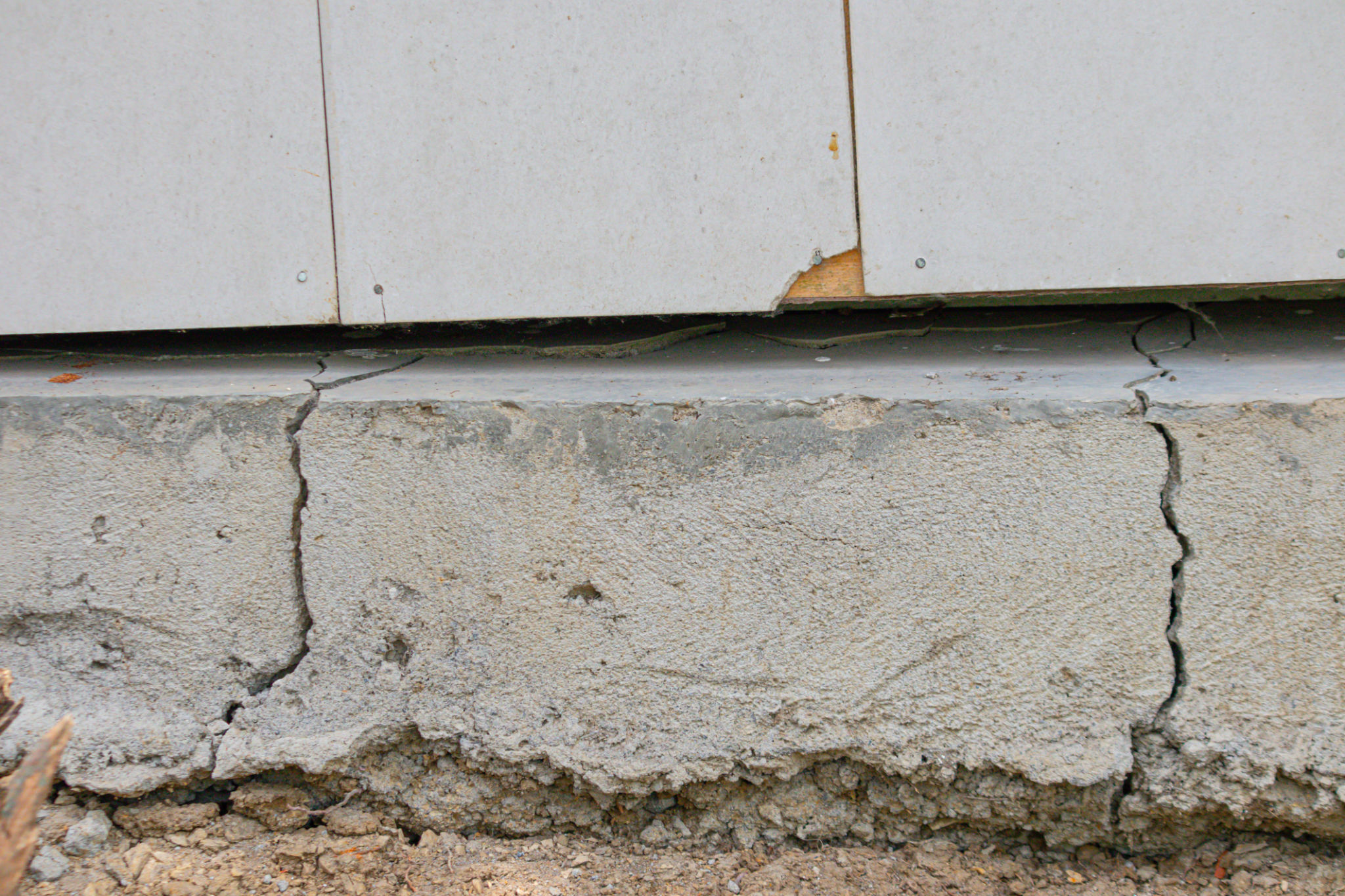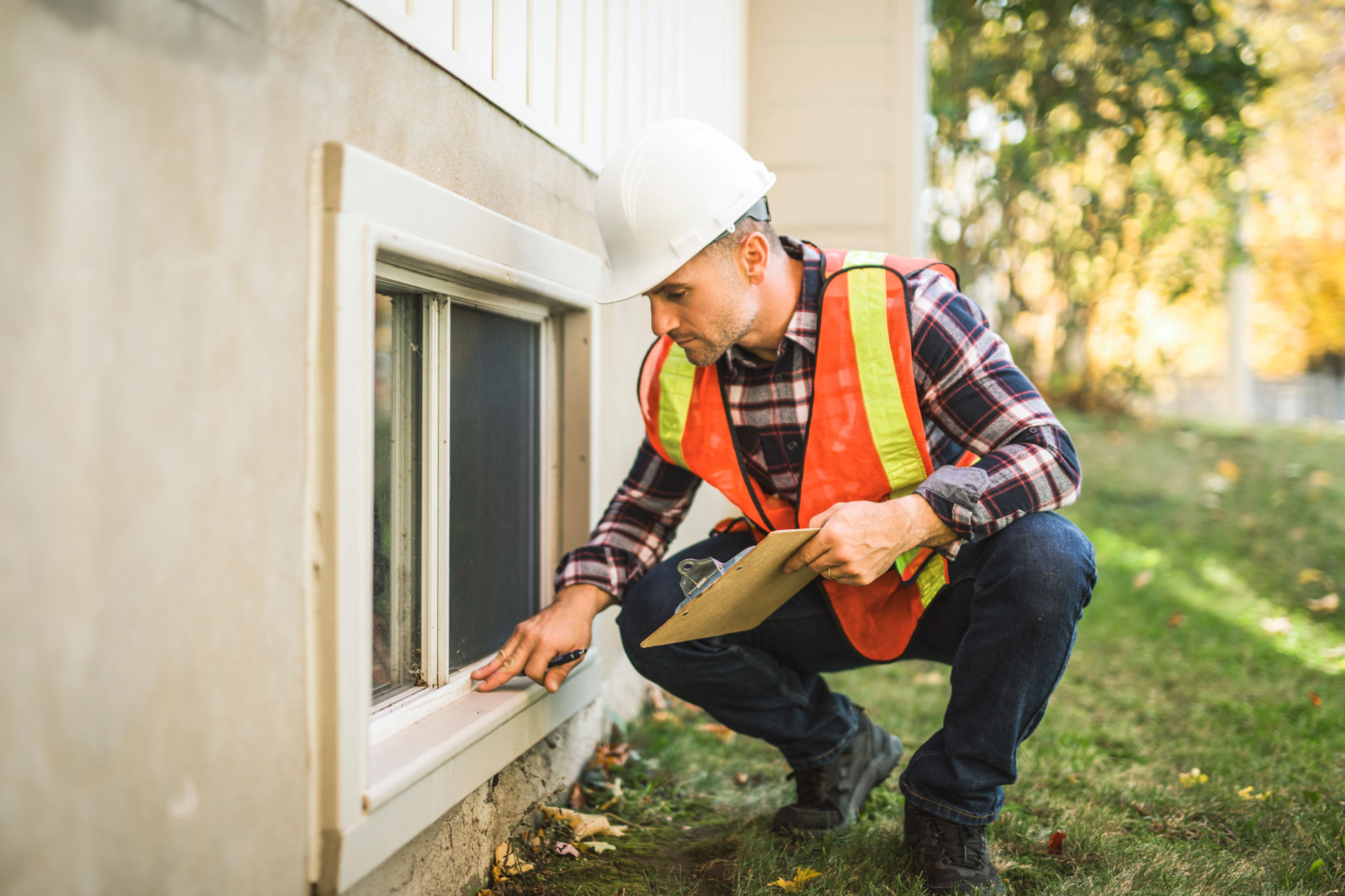DIY Foundation Maintenance Tips: Protect Your Investment
Understanding the Importance of Foundation Maintenance
Your home’s foundation is not just an essential structural component; it is the backbone that supports your entire house. Neglecting foundation maintenance can lead to severe issues, compromising your home’s safety and value. By taking proactive steps, you can protect your investment and ensure your home remains stable for years to come.
Foundation maintenance doesn't have to be complicated. With some simple DIY tips, you can maintain your foundation's integrity and avoid costly repairs down the road.

Regularly Inspect Your Foundation
One of the most effective ways to protect your foundation is by conducting regular inspections. Look for cracks, uneven floors, and any signs of water damage. These could be indicators of potential foundation issues that need addressing.
Make it a habit to walk around your home and examine both the interior and exterior for any signs of distress. Pay attention to windows and doors that may not close properly, as these could indicate a shifting foundation.

Manage Water Around Your Home
Water is one of the biggest threats to your home's foundation. Ensuring proper drainage around your property can prevent water accumulation that might cause foundation damage. Here are some steps you can take:
- Ensure gutters and downspouts are clean and directing water away from the foundation.
- Grade the soil around your home so that it slopes away from the foundation.
- Install a French drain if necessary to manage excess water.

Maintain Consistent Moisture Levels
Extreme moisture fluctuations can cause soil expansion and contraction, leading to foundation movement. To maintain consistent moisture levels, consider implementing these practices:
- Use a soaker hose during dry spells to keep soil moisture consistent.
- Avoid planting large trees or shrubs too close to your home, as their roots can absorb moisture from the soil around your foundation.
- Monitor weather conditions and water the soil accordingly, especially during hot and dry seasons.
Seal Foundation Cracks
If you notice small cracks in your foundation, sealing them early can prevent them from worsening. Use a concrete patching compound or epoxy resin to fill and seal any visible cracks. Regularly check these areas to ensure they remain sealed over time.
By addressing minor issues promptly, you can prevent more significant problems that might require professional intervention.

Keep Landscaping in Check
Landscaping can greatly impact your foundation's health. Keep trees, shrubs, and plants at a safe distance from your home to avoid root interference with the foundation. Consider installing root barriers if necessary to protect against aggressive root systems.
A well-planned landscape not only enhances curb appeal but also contributes to the long-term stability of your home's foundation.
Conclusion: Prioritize Your Foundation’s Health
Your house is one of your most significant investments, and maintaining its foundation is crucial to preserving its value. Regular inspections, proper water management, and attention to landscaping are key components of effective DIY foundation maintenance. By taking these steps, you can ensure that your home remains a safe and stable haven for years to come.

